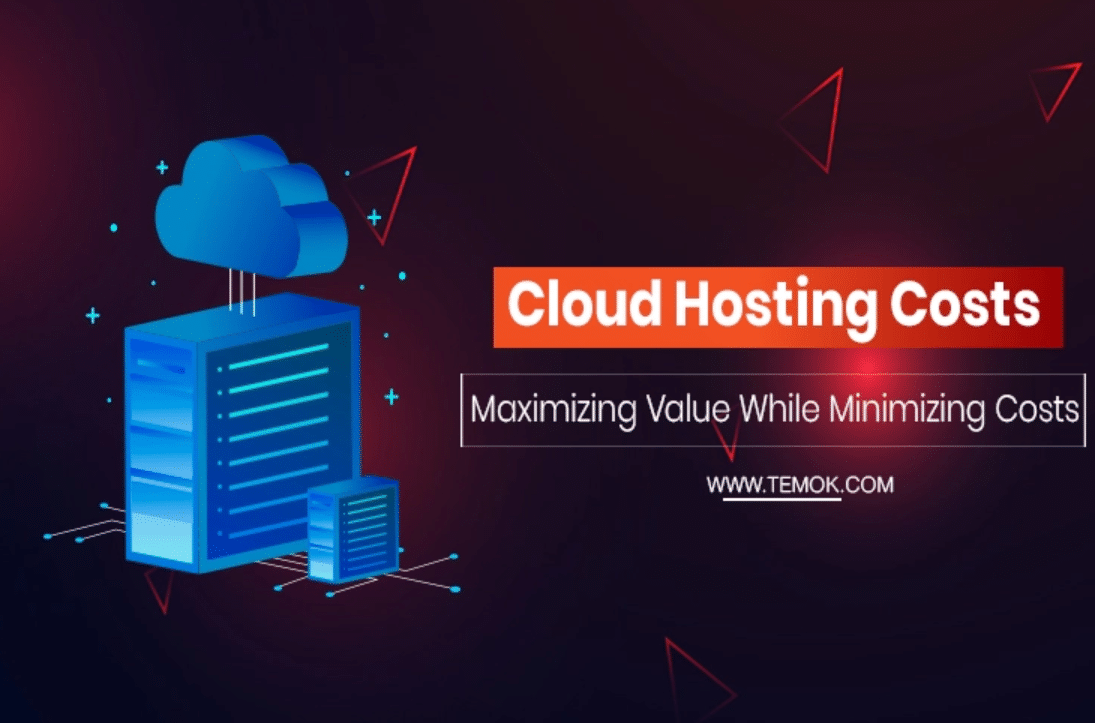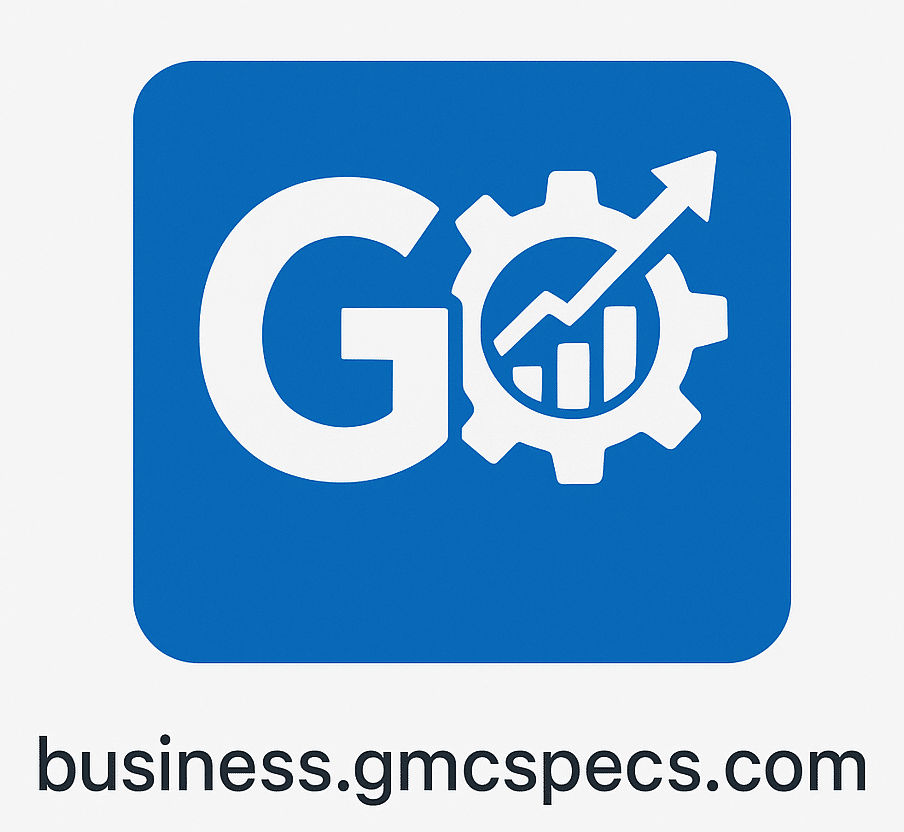Understanding Cloud Server Cost – As businesses continue to migrate to digital platforms, cloud computing has become the backbone of modern IT infrastructure. Among the many services offered in the cloud, cloud servers stand out as essential components that power applications, websites, and data storage solutions. However, for organizations considering a transition to the cloud, understanding the cost of cloud servers is a critical step in planning and budgeting. This article will dive deep into the factors influencing cloud server costs, pricing models, real-world comparisons, and strategies to optimize spending.

What Is a Cloud Server?
A cloud server is a virtual server running in a cloud computing environment. Unlike traditional physical servers, cloud servers are created using virtualization software that divides a physical server into multiple virtual machines. These virtual servers offer the same capabilities as dedicated physical servers but with greater flexibility and scalability.
Cloud servers can host websites, manage applications, handle storage, and run databases. They are accessed remotely over the internet, making them a convenient and powerful option for businesses of all sizes.
Why Understanding Cloud Server Cost Matters
Cloud server costs are not as straightforward as traditional hardware costs. Since cloud providers offer various pricing models and service tiers, businesses must consider several variables before estimating the total cost. A poor understanding of these costs can lead to budget overruns, inefficient resource use, or even failed projects.
The goal is not just to minimize costs but to balance performance, reliability, and scalability against your budget. A well-informed approach can lead to significant long-term savings and improved efficiency.
Key Factors That Influence Cloud Server Cost
1. Provider Choice
The first and most apparent factor is the cloud service provider. Major providers include:
-
Amazon Web Services (AWS)
-
Microsoft Azure
-
Google Cloud Platform (GCP)
-
DigitalOcean
-
Linode
-
IBM Cloud
Each provider has its own pricing model, service offerings, and geographical availability. While AWS and Azure offer a wide range of enterprise-grade solutions, smaller providers like DigitalOcean may offer simpler and more affordable options for small businesses or startups.
2. Server Specifications
The specifications of your cloud server have a direct impact on cost:
-
CPU Cores: More vCPUs (virtual CPUs) mean higher processing power—and higher costs.
-
RAM: Memory is essential for handling simultaneous tasks. More RAM increases the price.
-
Storage: Whether you choose SSD or HDD, the amount and type of storage will influence the cost.
-
Bandwidth: Higher data transfer limits often come with a higher price tag.
3. Operating System
Some cloud providers charge differently based on the operating system. While many Linux-based instances are free or low-cost, running a Windows Server typically incurs additional licensing fees.
4. Location of Data Centers
Geographic regions affect cost due to differences in electricity, taxes, and infrastructure. Hosting a server in North America or Europe may differ in price compared to Asia or South America. Additionally, hosting close to your user base can improve performance and reduce data transfer costs.
5. Type of Server Instance
Cloud providers offer several instance types, including:
-
General Purpose: Balanced CPU, memory, and networking.
-
Compute Optimized: High-performance CPUs.
-
Memory Optimized: For workloads with high RAM requirements.
-
Storage Optimized: For large, data-heavy applications.
Each type comes with its own pricing structure depending on the use case.
6. Usage Duration
Cloud servers are typically billed by the hour, second, or month. Short-term projects benefit from hourly billing, while longer deployments might benefit from monthly or reserved pricing.
7. On-Demand vs. Reserved vs. Spot Instances
-
On-Demand: Flexible but more expensive.
-
Reserved Instances: Lower cost for long-term commitments (1 or 3 years).
-
Spot Instances: Deeply discounted prices but may be interrupted by the provider.
8. Additional Services
Costs can increase with add-ons like:
-
Load balancers
-
Firewalls
-
Backups and snapshots
-
Monitoring and alerts
-
Managed services (e.g., managed databases or Kubernetes)
Comparing Cloud Server Pricing
To provide context, here’s a basic comparison of typical entry-level cloud server pricing (as of 2024):
| Provider | Plan Name | vCPUs | RAM | Storage | Price (Monthly) |
|---|---|---|---|---|---|
| AWS | t3.micro | 2 | 1 GB | EBS | $8.47 |
| Azure | B1s | 1 | 1 GB | SSD | $13.39 |
| Google Cloud | f1-micro | 1 | 0.6 GB | SSD | $6.13 |
| DigitalOcean | Basic | 1 | 1 GB | 25 GB | $6.00 |
| Linode | Nanode | 1 | 1 GB | 25 GB | $5.00 |
These are base prices, excluding bandwidth and additional services.
Hidden Costs to Watch For
Cloud pricing can be deceptive if you’re not careful. Some common hidden costs include:
-
Data Egress Charges: Moving data out of the cloud (to the internet or another region) can be expensive.
-
Overprovisioning: Paying for unused CPU, RAM, or storage.
-
Idle Resources: Unused VMs that continue to incur charges.
-
Licensing Fees: For commercial software like Windows, SQL Server, or Oracle.
-
Support Plans: Enterprise-level support can add a significant premium.
Cost Optimization Strategies
1. Right-Sizing
Analyze your workloads to determine the appropriate server size. Downscale or upscale based on actual usage, not estimates.
2. Auto-Scaling
Set up auto-scaling groups that increase or decrease capacity based on demand, reducing costs during off-peak hours.
3. Reserved Instances
If your application has a predictable usage pattern, commit to a 1- or 3-year plan to get discounted pricing.
4. Use Spot Instances for Non-Critical Tasks
Run batch jobs, testing, or background tasks on spot instances to save up to 90%.
5. Monitor and Audit Usage
Use monitoring tools and dashboards to keep track of resources. Set alerts for usage spikes or idle VMs.
6. Leverage Free Tiers
Most cloud providers offer free tiers, especially for new customers. Use these for small-scale testing or development.
7. Choose the Right Region
Deploy your server in regions that are both cost-effective and close to your user base to minimize latency and cost.
Cloud Server Cost vs. Traditional Servers
| Feature | Cloud Server | Traditional Server |
|---|---|---|
| Upfront Cost | Low (pay-as-you-go) | High (hardware purchase) |
| Scalability | High (on-demand scaling) | Limited (manual upgrades) |
| Maintenance | Provider-managed | User-managed |
| Flexibility | Very flexible | Less flexible |
| Downtime | Minimal (redundant systems) | Risk of failure without backup |
| Long-Term Cost | Can be higher if poorly managed | Lower if well maintained |
Real-World Example: Startup vs. Enterprise
-
Startup Scenario: A small SaaS startup needs a server to host a basic web app. They opt for a $6/month DigitalOcean droplet with 1 vCPU and 1GB RAM. They keep costs low by leveraging open-source software, free tiers for CI/CD, and monitoring tools.
-
Enterprise Scenario: A multinational corporation runs mission-critical applications on AWS. They use reserved instances, auto-scaling, and managed services. Their monthly bill runs into thousands, but they offset the cost with high reliability, performance, and support.
Final Thoughts
Cloud server cost is not a one-size-fits-all figure. It varies based on numerous variables including provider, instance type, region, usage, and additional services. By understanding the factors that influence cost and using optimization strategies, businesses can make the most out of their cloud investments.
As cloud computing continues to evolve, pricing models may change. Staying informed and continuously reviewing your cloud architecture will ensure you’re not just keeping costs under control, but also leveraging the full power of the cloud.
